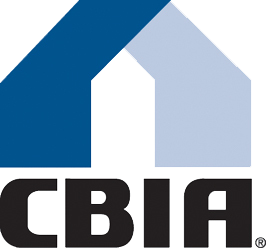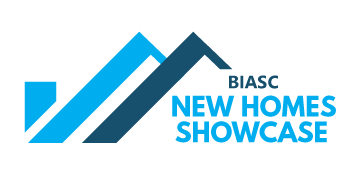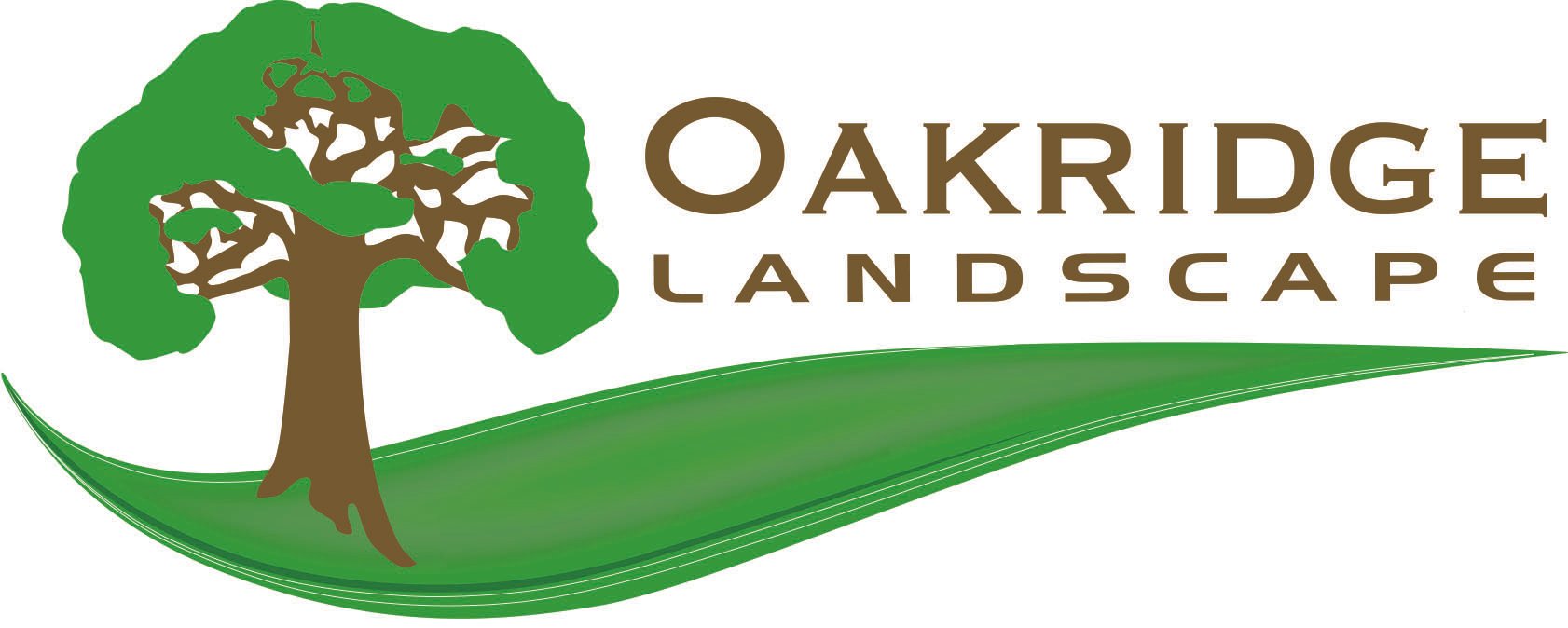By Ali Sahabi of Optimum Group, LLC
President, Building Industry Association (BIA) Baldy View Chapter
With Labor Day behind us and the days growing shorter and cooler, autumn provides homeowners with a terrific opportunity to conserve energy, save on energy costs and help protect their environment: a home energy audit.
A home energy audit offers a fast, relatively simple way to assess how much energy your home consumes and determine what you can do to make your home more energy efficient. This audit will show you where your home is losing energy, how efficient your heating and cooling systems are and let you know the best ways to conserve electricity. All it takes is a thorough inspection of the areas listed here and keeping a checklist of the problems you found.
1. Air leaks - Stopping or minimizing drafts can save on annual energy costs. Some places to inspect where air commonly seeps from homes include gaps around baseboards, wall and ceiling junctures, electrical outlets, switch plates, window frames, weather stripping, fireplace dampers, attic doors, window-mounted air conditioners and foundation seals. On your home’s exterior, look at the areas where two different building materials meet, such as corners and areas where siding or brick come together with chimneys or the foundation. If you can rattle windows or see daylight around door or window frames, you likely are losing air. Once you’ve identified the leaks, seal them with caulk, weather stripping or the same material as the original seal. You can also attach plastic sheets around your windows.
2. Insulation - In older homes especially, you may have insufficient insulation in the ceiling and walls. Your attic door should be insulated and close tightly. Openings around pipes, ductwork and chimneys should be sealed. Look for a vapor barrier — tarpaper or a plastic sheet — under the attic insulation. To check your walls, make a small hole in a closet or other out-of-the-way place and probe into the wall with a long stick or screwdriver. If it's an outside wall, the area should be completely filled with an insulating material. Fill the gaps in any openings with expanding foam. Flexible caulk should be used to seal any electrical boxes in the ceiling. If your home lacks a vapor barrier, consider painting interior ceilings with vapor barrier paint. This reduces the amount of water vapor that can pass through the ceiling, which reduces your insulation’s effectiveness.
3. Lighting - Look at all of the bulbs in your home – inside and out - and determine if a lower-watt bulb would work just as well for your needs. For lights that will be used more than two hours each day such as porch lights, compact fluorescent bulbs can save up to 75 percent of the energy used for lighting.
4. Heating and Cooling Equipment or HVAC (Heating, Ventilation and Air Conditioning Systems) - Inspect your heating and cooling equipment. See if ducts and pipes located in unheated spaces and your water heater and hot water pipes are insulated. Dirt streaks around your ductwork, especially near the seams, are evidence of leaks. Schedule time to have your equipment checked and cleaned by a professional (it should be done annually). If you have a forced-air furnace, replace your filters as soon as they are dirty. The best advice is to replace them every 30 to 60 days.
As you can see, a home audit is a great way to correct any possible home energy deficiencies and make simple improvements that will save you time and money in the long run especially with winter on the horizon.
The BIA Baldy View Chapter seeks to advance the opportunity to attain the American Dream of home ownership. For additional information on homebuying, home improvements or the benefits of homeownership, go to www.biabuild.com on the web.
















